Research
The laboratory specialises in particular in the field of metallurgy: phase and interface thermodynamics and physical chemistry, physical metallurgy, mechanics (forming, behaviour, durability), preparation processes (solidification, sintering), control of liquid state (chemistry, fluid mechanics, transfers, wetting).
It also covers a wide range of topics in the field of ceramics in the broadest sense (sintered ceramics, glasses, monocrystalline oxides).
It also covers a wide range of topics in the field of ceramics in the broadest sense (sintered ceramics, glasses, monocrystalline oxides).
It offers a wide range of high-temperature preparation processes (in particular electromagnetic processes) for solid or layered materials, based on gas-solid, liquid-solid and solid-solid methods, including the use of magnetic fields. Lastly, it offers facilities for multiscale analyses (modelling and characterisation) focusing on complementary scales from nanoscopic to microscopic, mesoscopic, process and reactor.
Latest developments
Cold crucible for nuclear waste vitrification
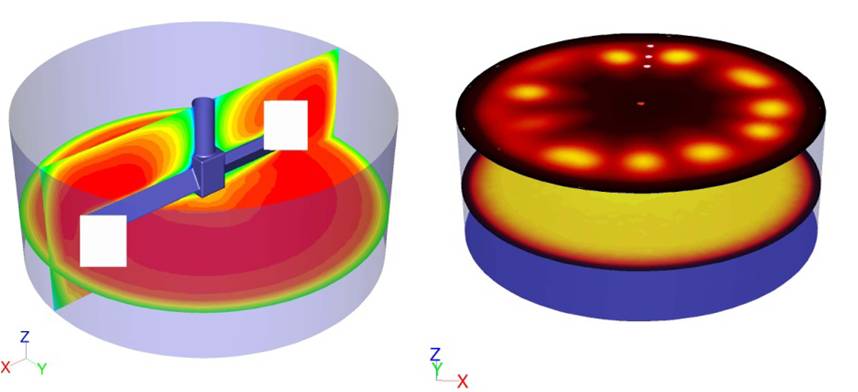
Due to a collaboration between CEA-Marcoule and AREVA, this process reduces by a factor of 2-3 the volume of the technologic waste, thanks to the increase of the life of molten glass pots, moreover, by increasing the concentration of waste in the glass, it decreases approximately 25% of the volume of produced glass.
(scientific leaders: Annie Gagnoud, Yves Fautrelle)
Topological optimization of architectured materials
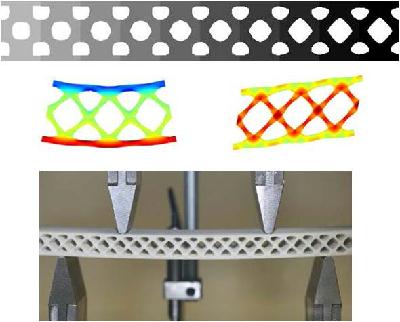
Finding the architecture that combines in the most efficient way a given set of conflicting properties is a key issue. In such a context of material by design, we have developed a numerical approach based on topological optimization techniques.
(scientific leader:Rémy Dendievel)Coherent X-ray diffraction by a Si single crystal surface
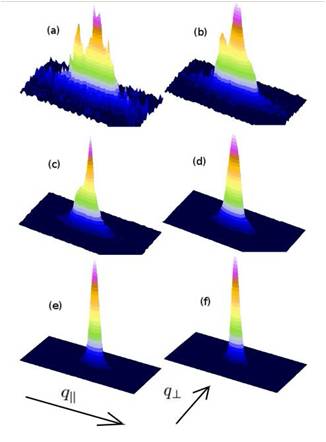
Using coherent X-ray scattering, we evidence atomic step roughness at the (111) vicinal surface of a silicon monocrystal of 0.05° miscut. This experiment opens the way towards step dynamics on crystalline surfaces.
(Scientific leader:Marc de Boissieu)
Throwing light on the undercooling puzzle
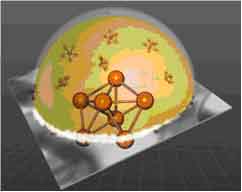
Using ab initio molecular dynamics simulations, a new remarkable undercooling phenomenon has been explained namely an undercooling as deep as 350°C for Gold-Silicon eutectic alloy in contact with a specially decorated silicon (111) surface where the outermost layer of the solid featured pentagonal atomic arrangements.
Behavior of ferritic stainless steels stabilized during the annealing and pickling stages
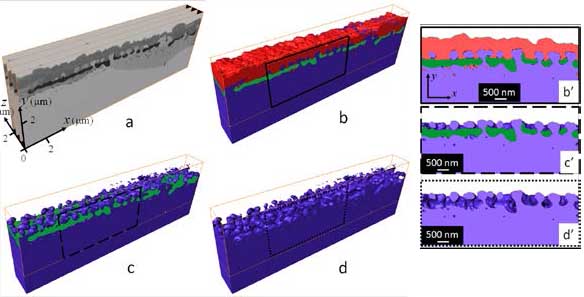
The metal/oxide interface of oxidized samples was three dimensional reconstructed using a scanning electron microscope coupled with a focused ion probe: MEB-FEG/FIB.
(Scientific leader: Yves Wouters)


